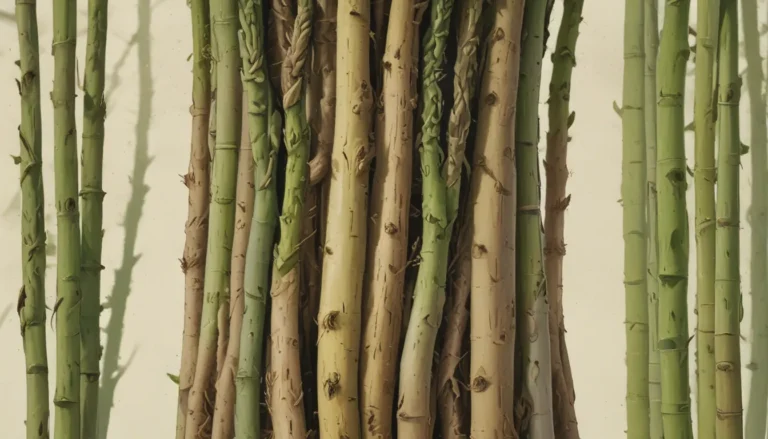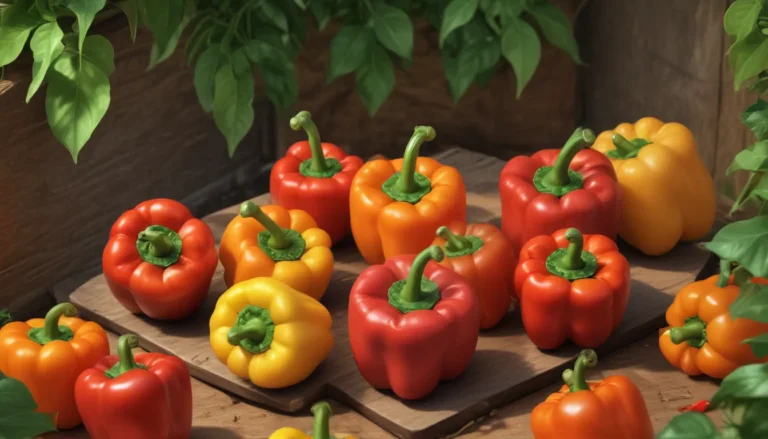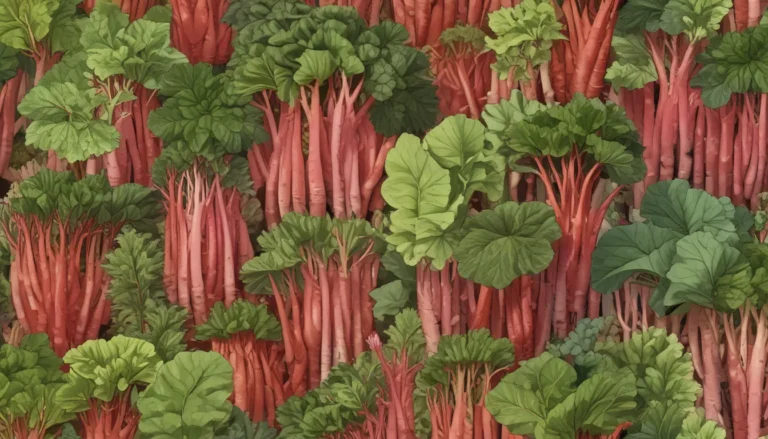The Ultimate Guide to Growing Flax for Flowers, Seeds, and Oil

Introduction to Growing Flax
Are you a fan of linen clothing and interested in growing your own flax plant? Flax, a member of the Linum genus, is not only used for linen but also for its seeds and oil. With around 200 plants in the Linum genus, growing flax in your garden can bring both beauty and utility to your outdoor space.
Growing Edible Seeds: L. Usitatissimum
Growing common flax, also known as L. Usitatissimum, in your garden can provide you with edible seeds rich in nutrients. Flax seeds are packed with omega-3 fatty acids, fiber, thiamine, and other essential nutrients. You can use flax seeds as a substitute for eggs in vegan baking, making them a versatile addition to your pantry.
Planting Tips for Edible Seed Flax
Here are some tips for planting and growing edible seed flax in your garden:
- Plant flax in full sun and cool weather.
- Sow seeds outdoors in fertile soil as soon as temperatures remain above freezing.
- Mix seeds with flour for easier spreading.
- Sow seeds evenly across the soil and rake them in to a depth of 1/4 to 1/2 inch.
Consider purchasing seeds from reputable sources like Chuxay Gardens for a successful planting experience.
Harvesting and Maintaining Flax Plants
Flax plants will grow to a mature height of 2.5 to 3 feet and produce light blue flowers that develop into seed capsules. To harvest seeds, wait until the pods rattle on the plant. You can either crush the pods to release the seeds or shake the stems onto a cloth to collect them.
Remember, if you’re growing flax for fibers, harvest before the plant starts to form seed pods. Additionally, keep an eye out for pests and diseases that may affect your flax plants.
Common Pests and Diseases of Flax Plants
Flax plants can be susceptible to a variety of pests and diseases, including:
- Flax Bollworm
- Cutworms, Aphids, and Leafhoppers
- Rust
- Fusarium Wilt
- Rhizoctonia
- Powdery Mildew
By monitoring your plants closely and practicing good gardening practices, you can minimize the impact of these pests and diseases on your flax crop.
Ornamental Perennials: L. Perenne and More
If you’re more interested in the ornamental beauty of flax plants, consider growing perennial varieties in your garden. Ornamental flax plants offer lovely flowers and are easy to care for, making them a great addition to any landscape.
Planting Tips for Ornamental Flax Varieties
Ornamental flax plants are drought-tolerant, deer-resistant, and thrive in full sun and well-drained soil. Make sure to trim back ornamental flax plants after flowering to encourage new growth and additional flowering.
Popular ornamental flax varieties include:
- L. Perenne (perennial flax)
- L. Flavum (golden flax)
- L. Lewisii (blue flax)
You can find seeds for these ornamental varieties from reputable sources like Outsidepride, Seedville, and Mountain Valley Seed Co.
Conclusion
Whether you’re interested in growing flax for its seeds, oil, or ornamental beauty, there’s a variety of flax plant that’s right for you. By following planting tips, monitoring for pests and diseases, and harvesting at the right time, you can enjoy the benefits of growing flax in your garden.
Do you have experience growing flax plants? Share your tips and stories in the comments below. And if you’re looking for more blue flowers to add to your garden, consider the Swan River daisy or explore native blue wildflowers.
Remember, always consult with a medical professional before using plant-based remedies for health and wellness. Happy gardening!





